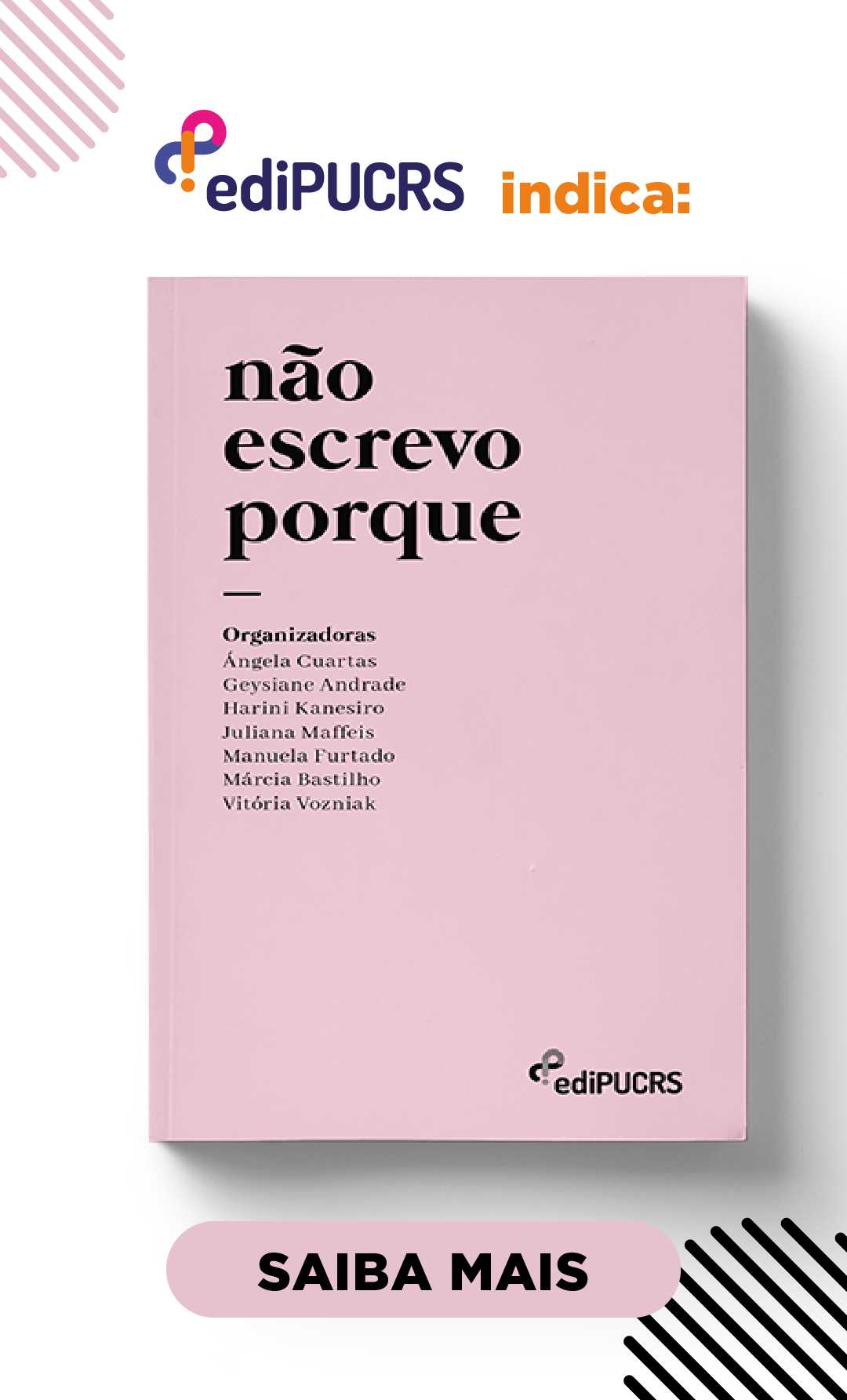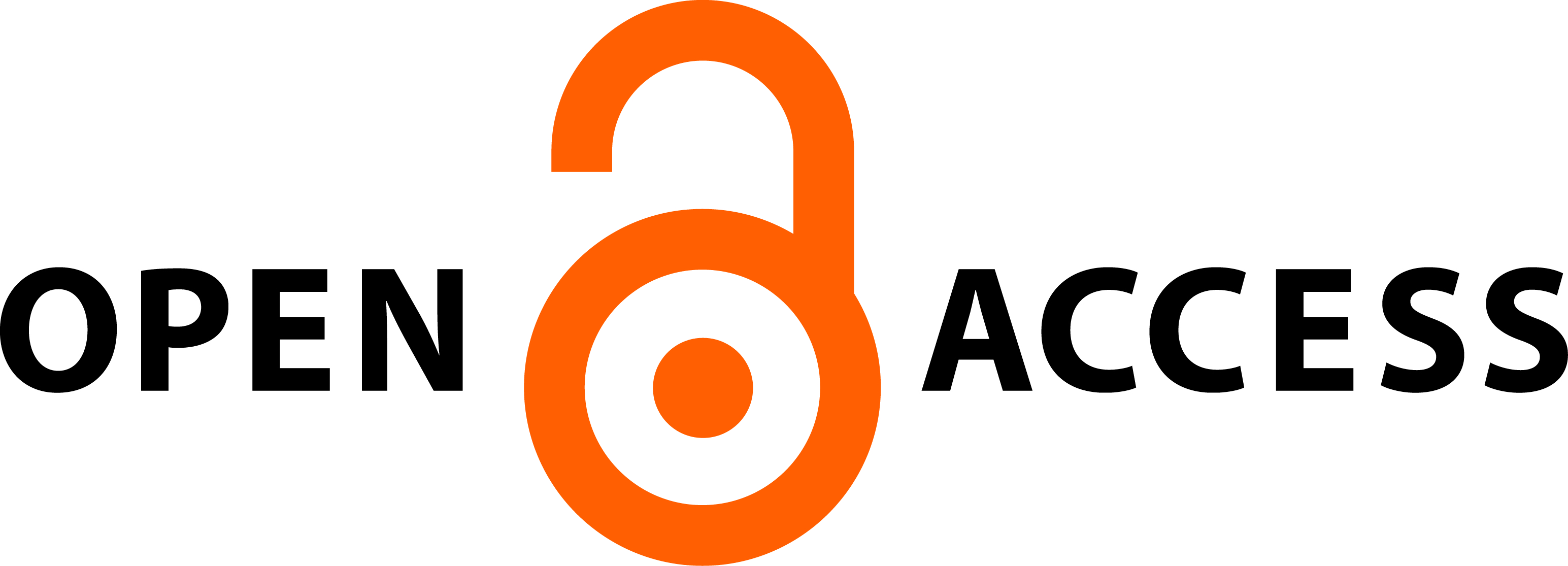A leitura de palavras no bilinguismo sob o viés do modelo de dupla-rota: uma revisão sistemática
DOI:
https://doi.org/10.15448/1984-4301.2017.2.26427Palavras-chave:
Bilinguismo, Leitura, Modelo de dupla rota.Resumo
A leitura envolve múltiplos processos interdependentes e, segundo o modelo de dupla rota, tal habilidade se dá basicamente por duas vias, a fonológica e a lexical. Ler na língua materna (L1) requer um aprendizado sistemático e é um grande desafio justamente por conta dos múltiplos processos envolvidos. Ao aprender uma segunda língua (L2), novos elementos (fonológicos, lexicais e ortográficos) são introduzidos na leitura, exigindo novas habilidades do falante. Esta revisão sistemática tem como objetivo identificar as rotas de leitura preferencialmente utilizadas por indivíduos bilíngues, na L1 e na L2, e as variáveis que influenciam sua utilização. Para isso, foram selecionados artigos científicos publicados nos últimos 10 anos em diferentes bases de dados, incluindo estudos de neuroimagem. Após a pesquisa foi possível verificar que, assim como em sujeitos monolíngues, são múltiplos os fatores que influenciam a estratégia de leitura utilizada por sujeitos bilíngues, sendo a transparência ortográfica da língua e a proficiência do leitor os principais elementos. Compreender os fatores que influenciam a habilidade leitora de sujeitos bilíngues é importante para o desenvolvimento de novas estratégias que facilitem tanto o ensino como a aprendizagem de língua adicional, bem como auxiliar na recuperação de línguas de um bi/multilíngue.
Downloads
Referências
BAKHTIARI, Reyhaneh; BOLIEK, Carol; CUMMINE, Jaqueline. Investigating the contribution of ventral-lexical and dorsal-sublexical pathways during reading in bilinguals. Frontiers in human neuroscience, v. 8, p. 507, July 2014.
BIALYSTOK, Ellen. Bilingualism: The good, the bad and the indifferent. Bilingualism: Language and Cognition, v. 12, n. 1, p. 3-11, 2009.
BUETLER, Karin A. et al. Balanced bilinguals favor lexical processing in their opaque language and conversion system in their shallow language. Brain and Language, v. 150, p. 166-176, 2015.
BUETLER, Karin A. et al. Language context modulates reading route: an electrical neuroimaging study. Frontiers in Human Neuroscience, v. 8, p. 1-16, Feb. 2014.
COLTHEART, M.; RASTLE, K.; PERRY, C.; LANGDON, R.; ZIEGLER, J. DRC: A dual route cascaded model of visual word recognition and reading aloud. Psychological Review, v. 108, n. 1, p. 204-256, 2001.
COLTHEART, M. Dual route and connectionist models of reading: an overview. London Review of Education, v. 4, n. 1, p. 5-17,
CHERODATH, S.; SINGH, N. C. The influence of orthographic depth on reading networks in simultaneous biliterate children. Brain and Language, v. 143, p. 42-51, 2015.
DEHAENE, Stanislas. Os neurônios da leitura – como a ciência explica a nossa capacidade de ler. Porto Alegre: Penso, 2012.
DAS, T. et al. Neuroimaging reveals dual routes to reading in simultaneous proficient readers of two orthographies. NeuroImage, v. 54, n. 2, p. 1476-1487, 2011.
DE LEÓN RODRÍGUEZ, Diego et al. The impact of language opacity and proficiency on reading strategies in bilinguals: An eye movement study. Frontiers in Psychology, v. 7, p. 1-14, May 2016.
DE LEÓN RODRÍGUEZ, Diego et al. The modulation of reading strategies by language opacity in early bilinguals: An eye movement study. Bilingualism: Language and Cognition, v. 19, n. 3, p. 567-577, 2016a.
ELLIS, Andrew W. Leitura, escrita e dislexia: Uma análise cognitiva. Porto Alegre: Artes Médicas, 1995.
FAY, Aline. Cérebro, leitura e dislexia: um estudo experimental sobre a leitura e as bases neurais da dislexia em monolíngues e aprendizes de Inglês como L2, com o uso de ressonância magnética funcional. 2016. 207 fl. Tese (Doutorado em Letras/Linguística) – Programa de Pós-graduação em Letras, PUCRS, Porto Alegre, 2016.
FROST, R. Sistemas ortográficos e processos de reconhecimento de palavras na leitura. In: SNOWLING, M.; HULME. (Org.). A ciência da leitura. Porto Alegre: Penso, 2013.
GROSJEAN, F. Bilingual: Life and Reality. Cambridge: Harvard University Press, 2010.
HORST, Angelo; KRUSZIELSKI, Leandro. Rotas funcionais de leitura de palavras isoladas em crianças bilíngues. Psicologia Argumento, v. 31, n. 72, p. 45–55, 2013.
JAMAL, Gulgoona; MONGA, Tarun. Reading Strategies of first Grade bilingual children in Hindi and English. Asia Pacific Disability Rehabilitation Journal, v. 21, n. 2, p. 127-142, 2010.
JAMAL, Nasheed I. et al. Neural basis of single-word reading in Spanish-English bilinguals. Human Brain Mapping, v. 33, n. 1, p. 235-245, 2012.
JOYAL, M. et al. The role of the left anterior temporal lobe for unpredictable and complex mappings in word reading. Frontiers in Psychology, v. 8, n. 517, 2017.
KATZ, Leonard; FROST, Ram. The Reading Processis Different for Different Orthographies: The Orthographic Depth Hypothesis. Advances in Psychology, v. 94, p. 67-84, 1992.
KUMAR, Uttam. Effect of orthography over neural regions in bilinguals: A view from neuroimaging. Neuroscience Letters, v. 580, p. 94-99, 2014.
MESCHYAN, Gayane; HERNANDEZ, Arturo E. Impact of language proficiency and orthographic transparency on bilingual word reading: An fMRI investigation. NeuroImage, v. 29, n. 4, p. 1135-
, 2006.
PRIMATIVO, Silvia et al. Bilingual vocabulary size and lexical reading in Italian. Acta Psychologica, v. 144, n. 3, p. 554-562, 2013.
PROBERT, Tracy et al. Word recognition strategies amongst isiXhosa/English bilingual learners: The interaction of orthography and language of learning and teaching. [S.d.]. p. 1-10.
RODRIGUES, Jaqueline C. et al. Construção da Tarefa de Leitura de Palavras e Pseudopalavras (TLPP) e Desempenho de Leitores Proficientes. Temas em Psicologia, v. 23, n. 2, p. 413-429, 2015.
SALLES, Jerusa F. Habilidades e dificuldades de leitura e escrita em crianças de 2a série: Abordagem neuropsicológica cognitiva. 2005. 303fls. Tese (Doutorado em Psicologia) – Universidade Federal do Rio Grande do Sul, Porto Alegre, 2005.
SALLES, Jerusa F.; PARENTE, Maria Alice M. P. Processos Cognitivos na Leitura de Palavras em Crianças: Relações com Compreensão e Tempo de Leitura. Psicologia: Reflexão e Crítica, v. 15, n. 2, p. 321-331, 2002.
SEYMOR, Philip H. K. et al. Foundation Literacy in European Ortographies. British Journal of Psychology, v. 94, n. 2, p. 143-74, 2003.
SIMON, Grégory et al. Orthographic transparency and grapheme-phoneme conversion: An ERP study in Arabic and French readers. Brain Research, v. 1104, n. 1, p. 141-152, 2006.
SOARES, Magda. Alfabetização: a questão dos métodos. São Paulo: Contexto, 2016.
TIMMER, Kalinka; SCHILLER, Niels O. The role of orthography and phonology in English: An ERP study on first and second language reading aloud. Brain Research, v. 1483, p. 39-53, 2012.
WEEKES, B. S. Differential effects of number of letters on word and nonword naming latency. Quarterly Journal of Experimental Psychology A, v. 50, n. 2. p. 439-456, 1997.
WILSON, M. A.; ELLIS, A. W.; BURANI, C. Age-of-acquisition affects word naming in Italian only when stress is irregular. Acta Psychologica, v. 39, p. 417-424, 2012.
Downloads
Publicado
Como Citar
Edição
Seção
Licença





